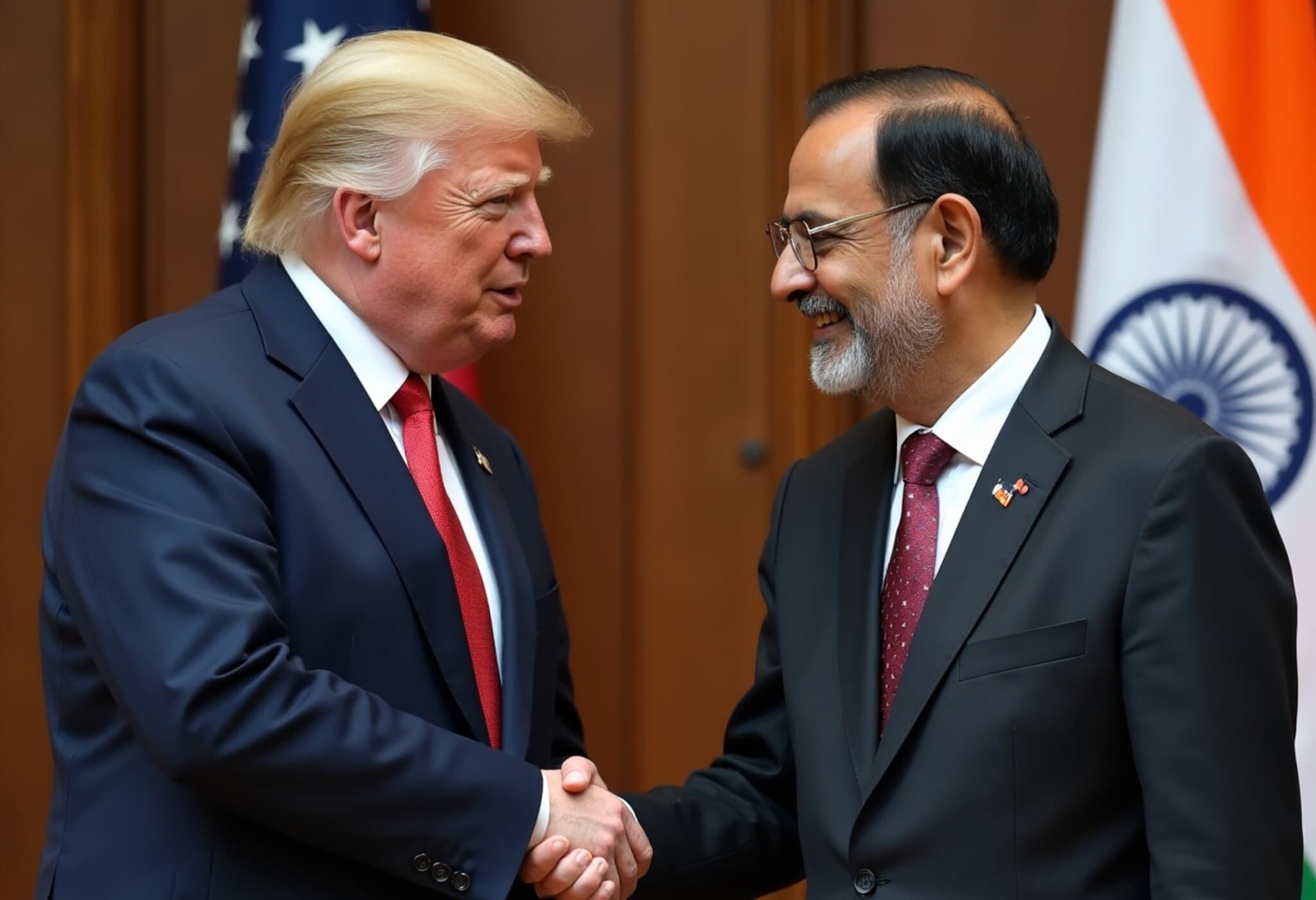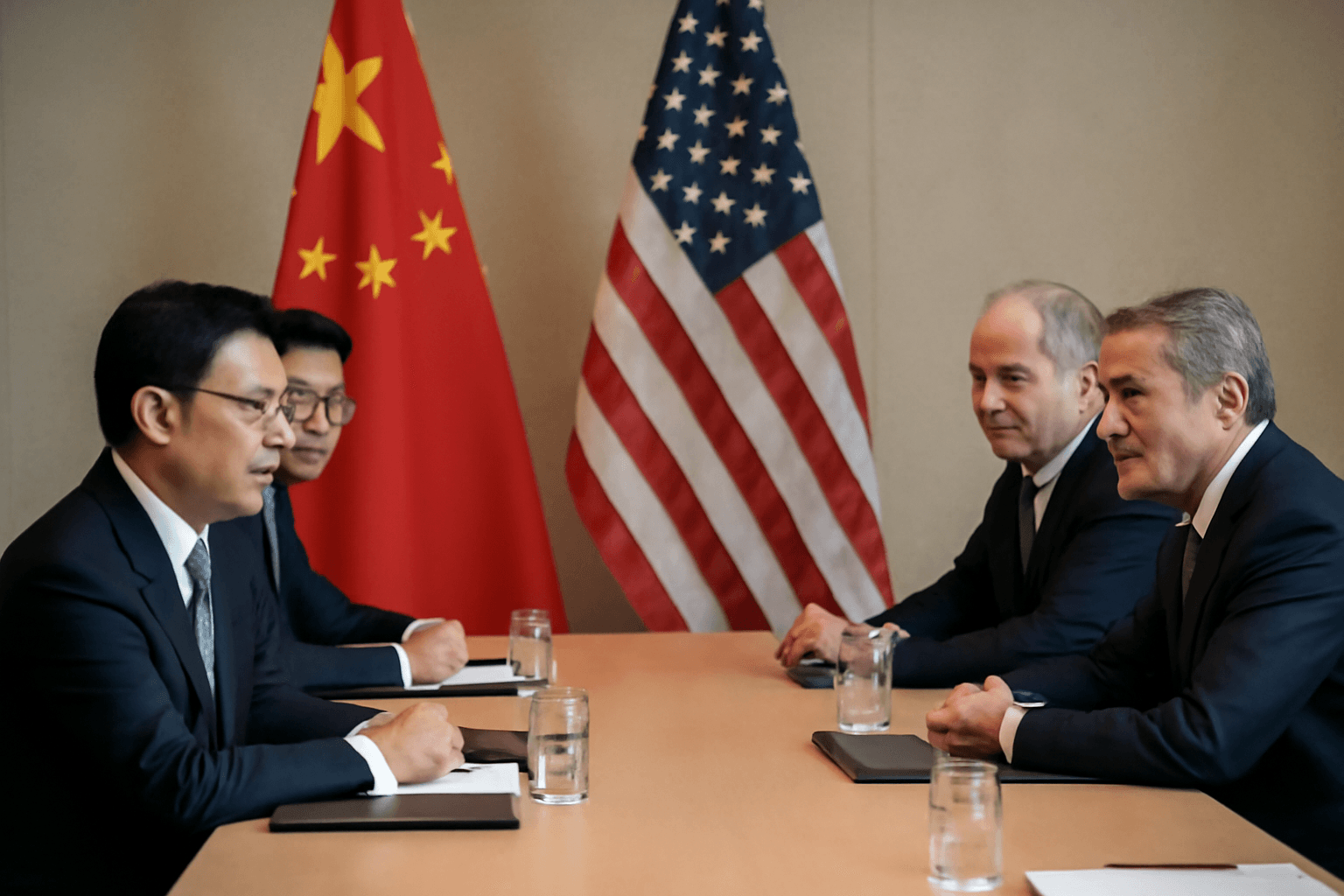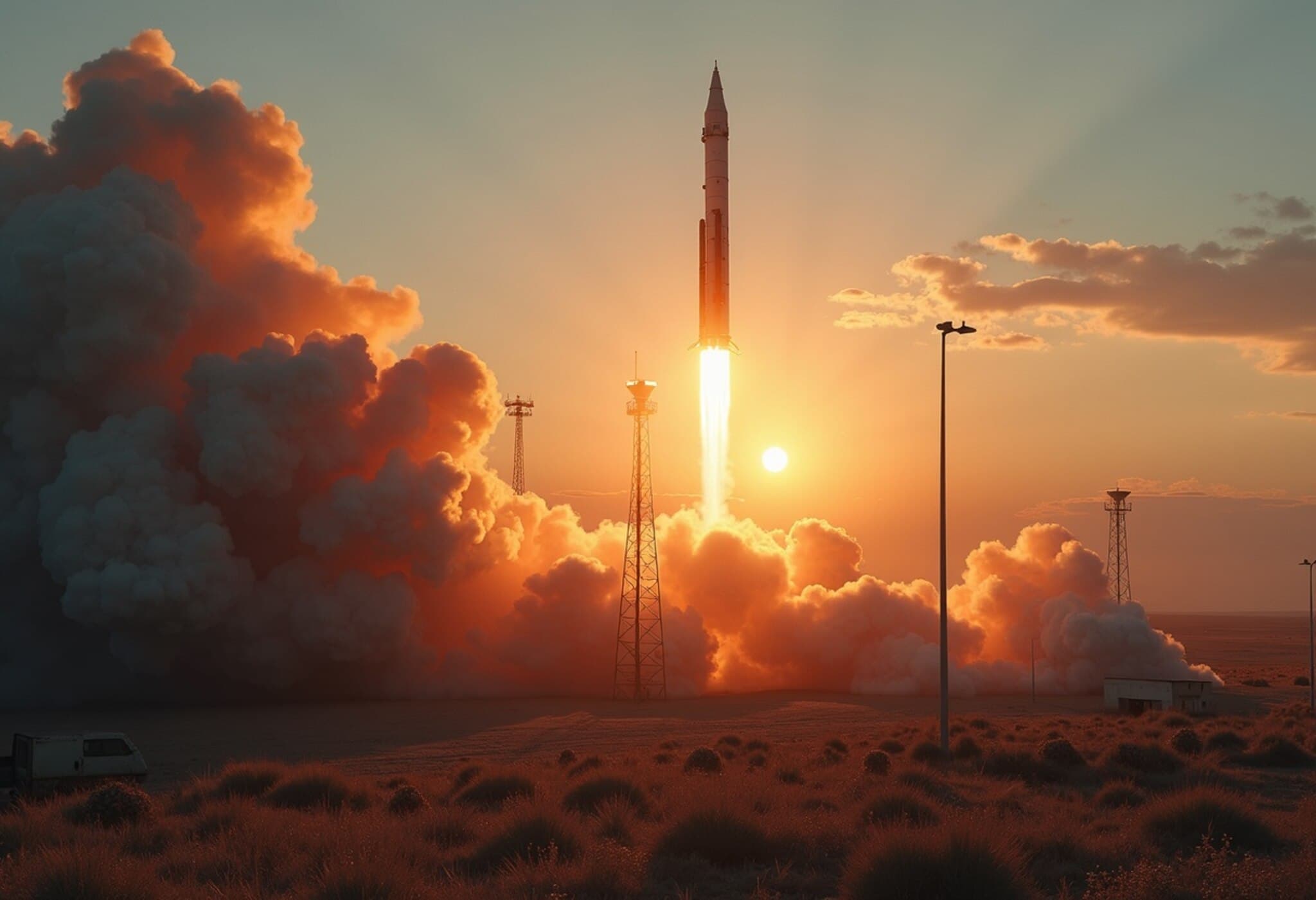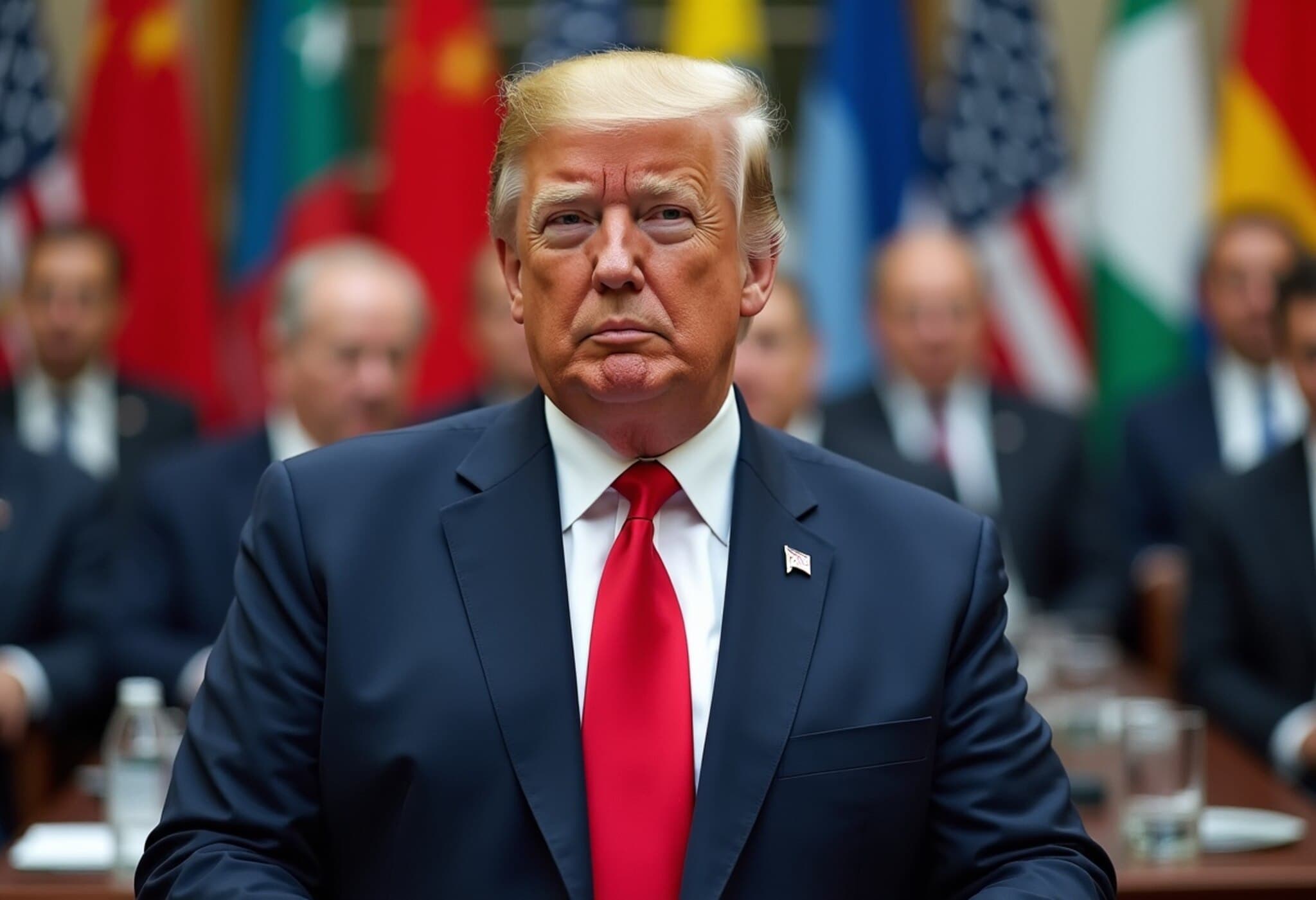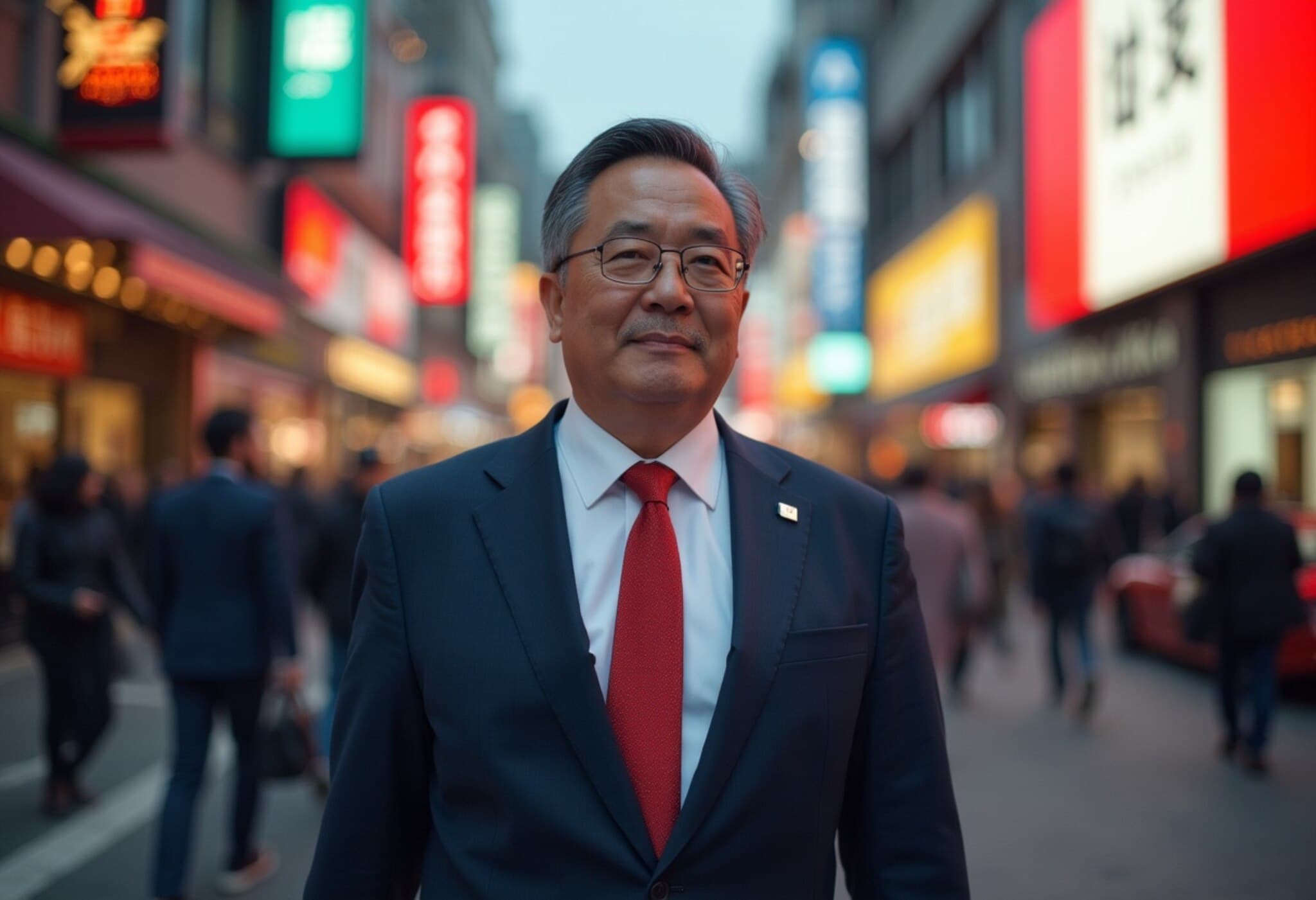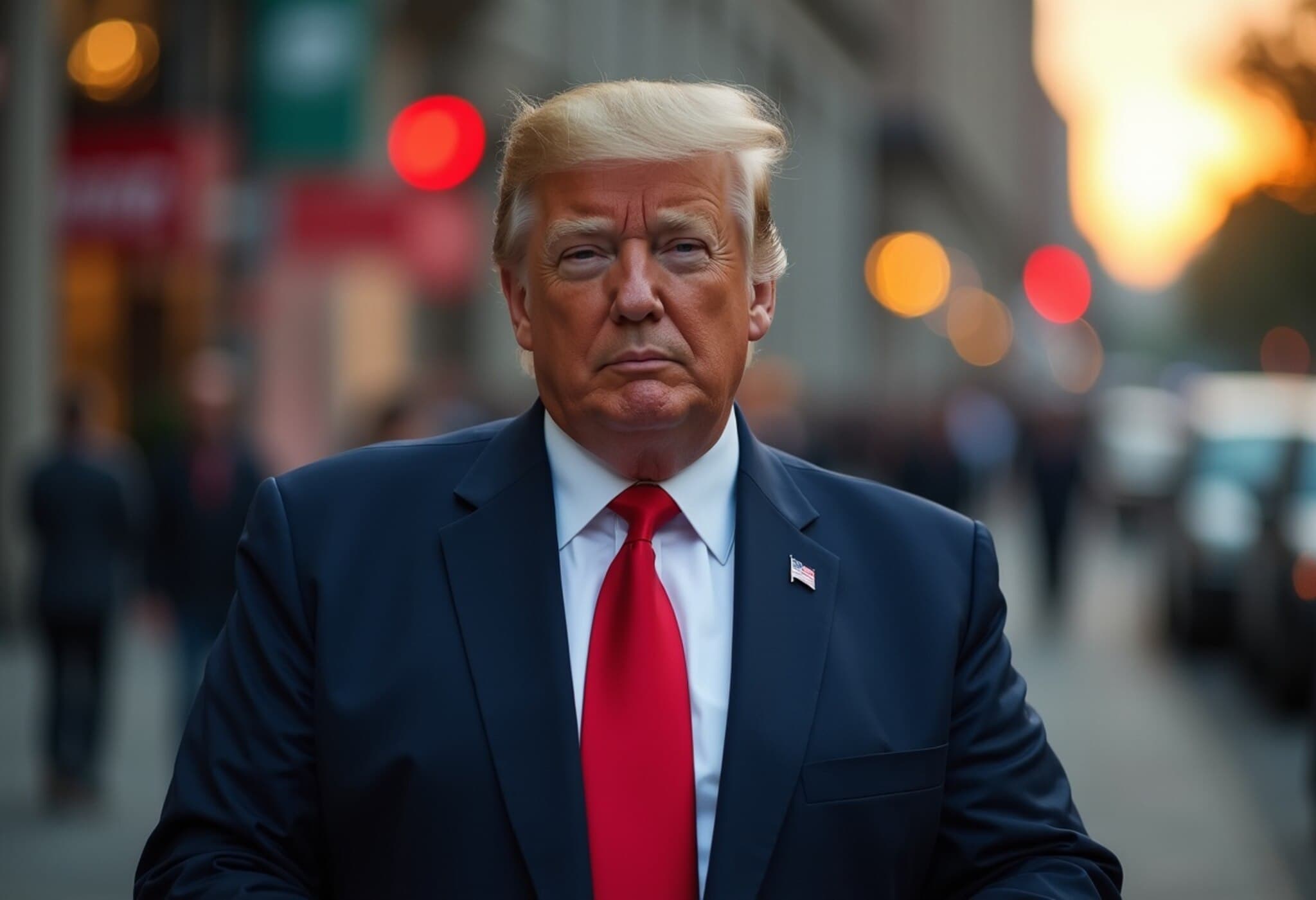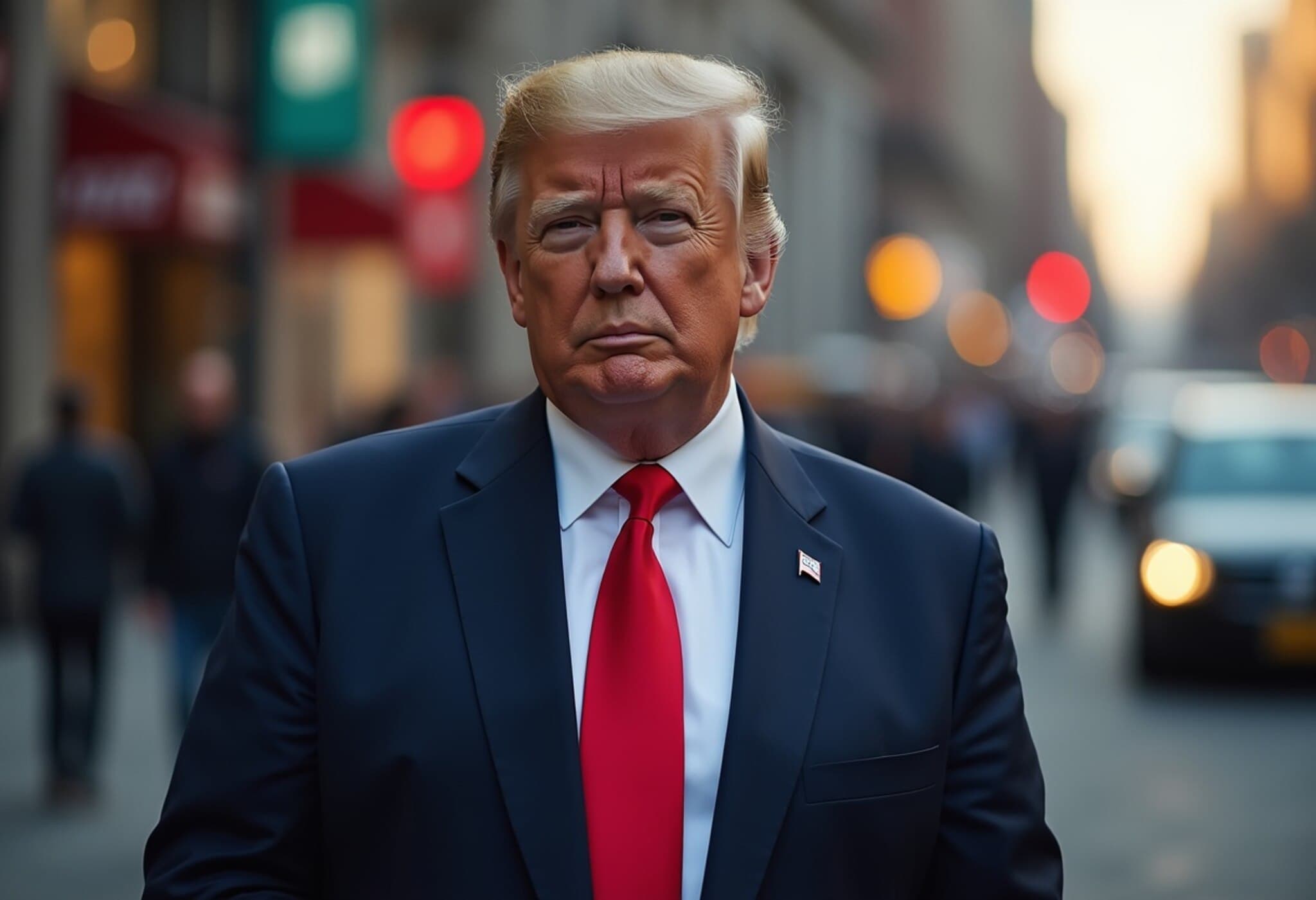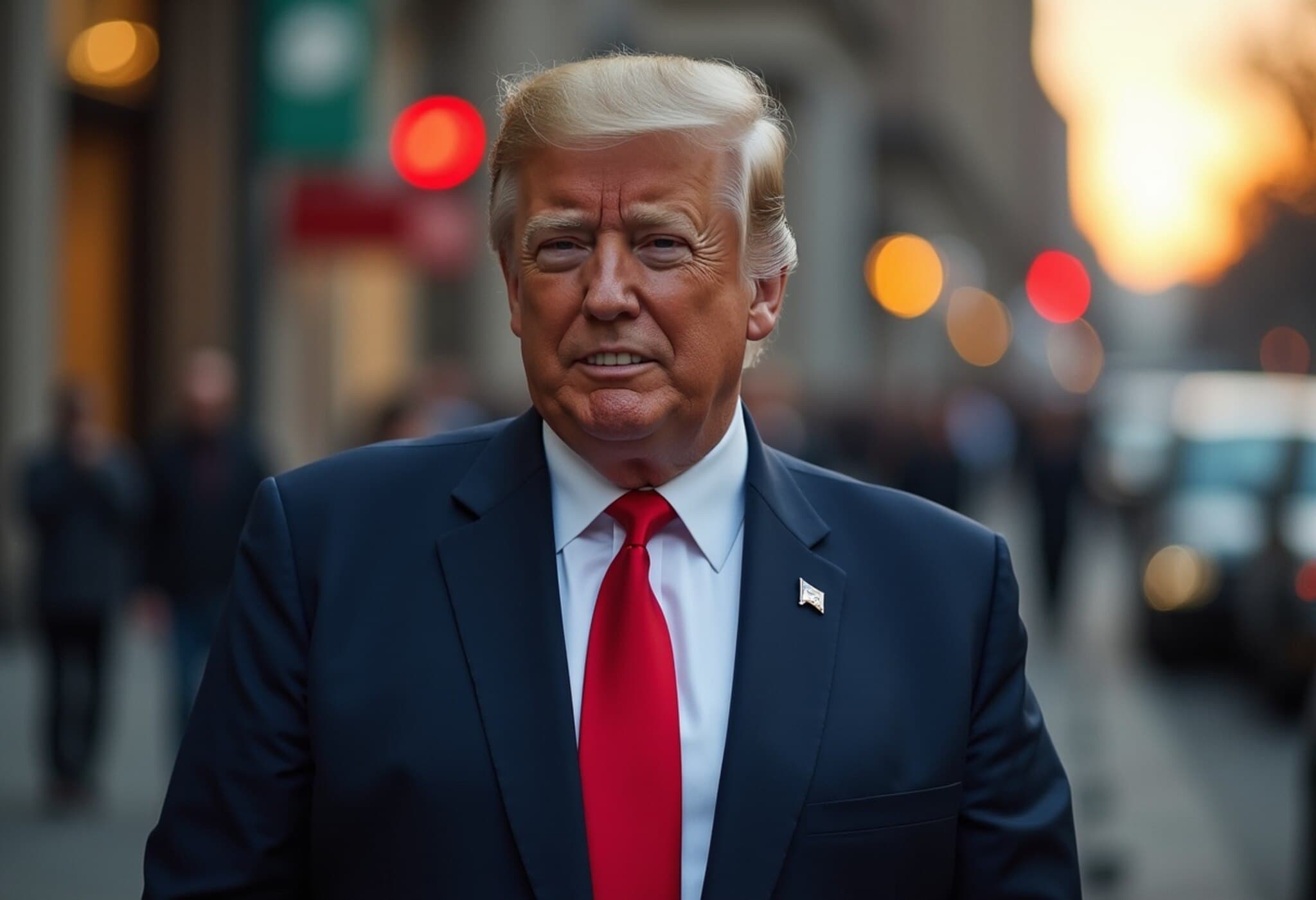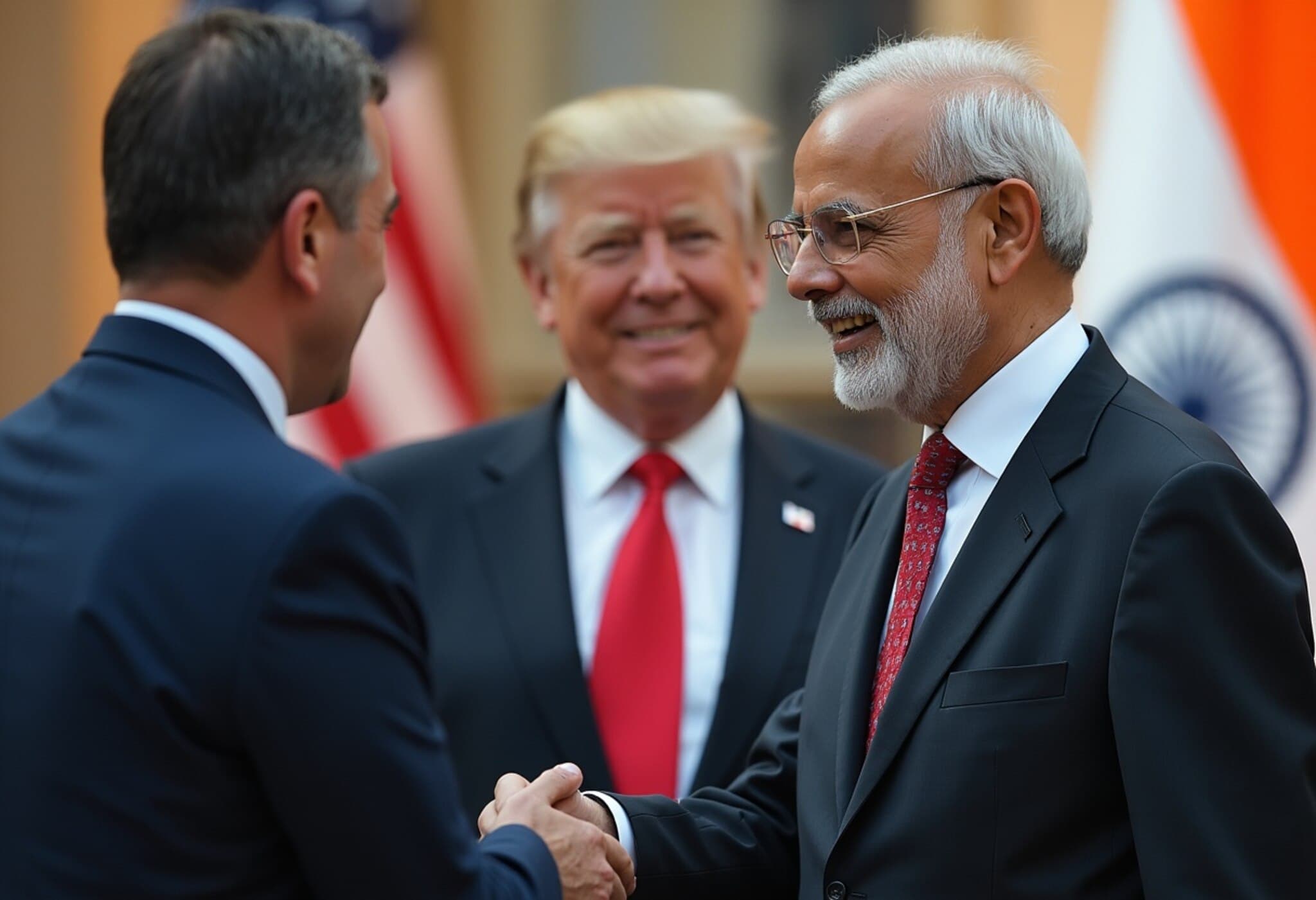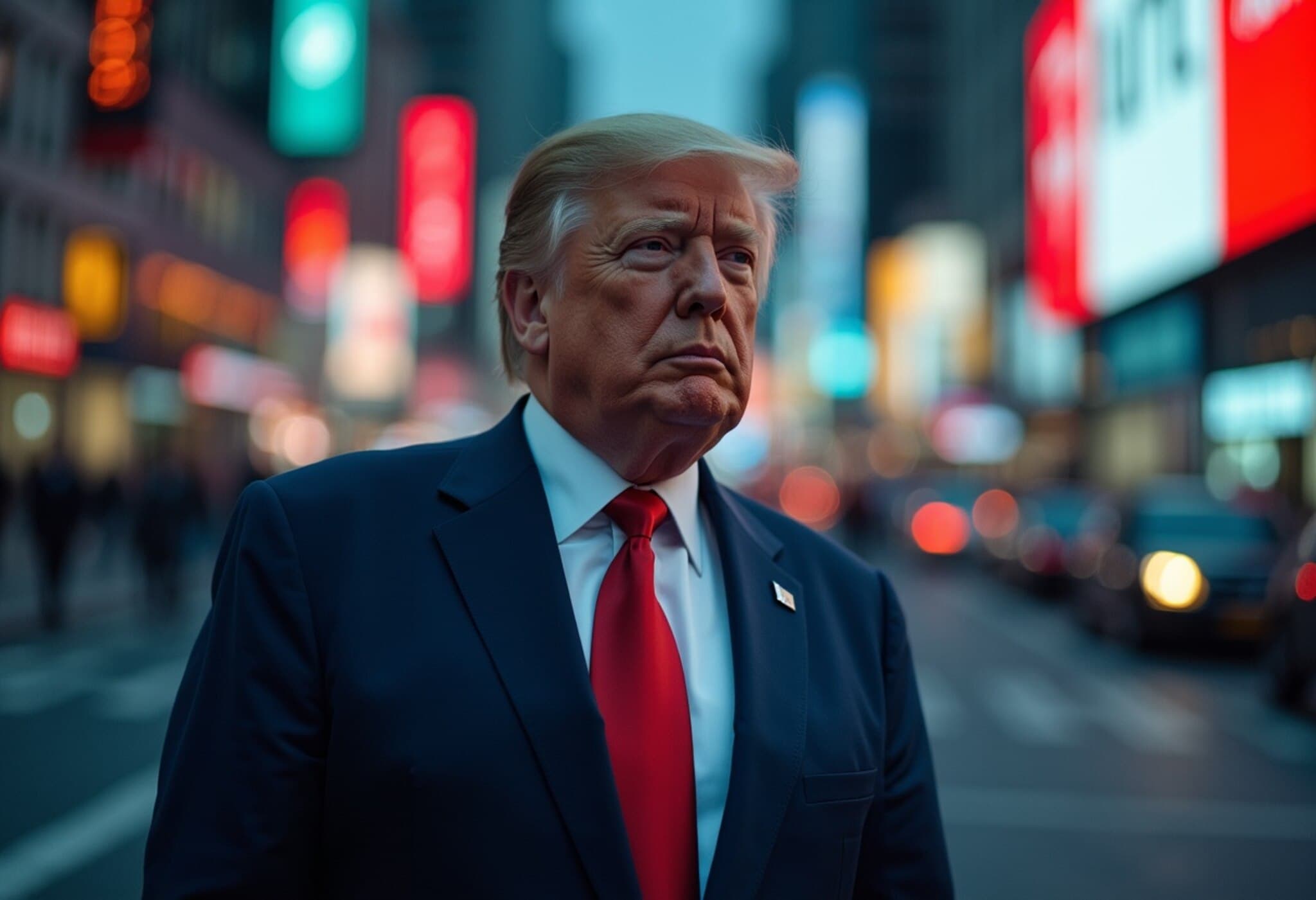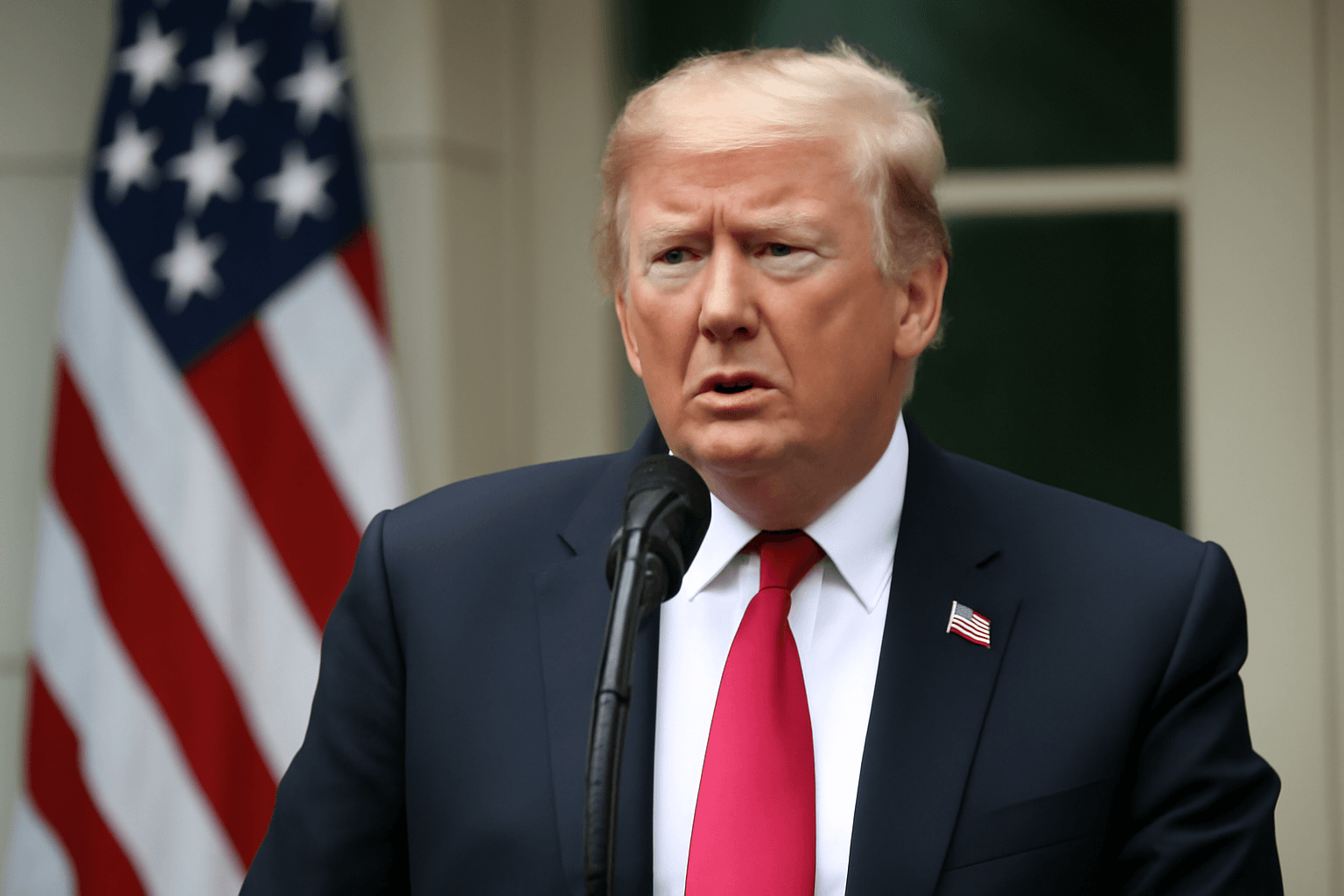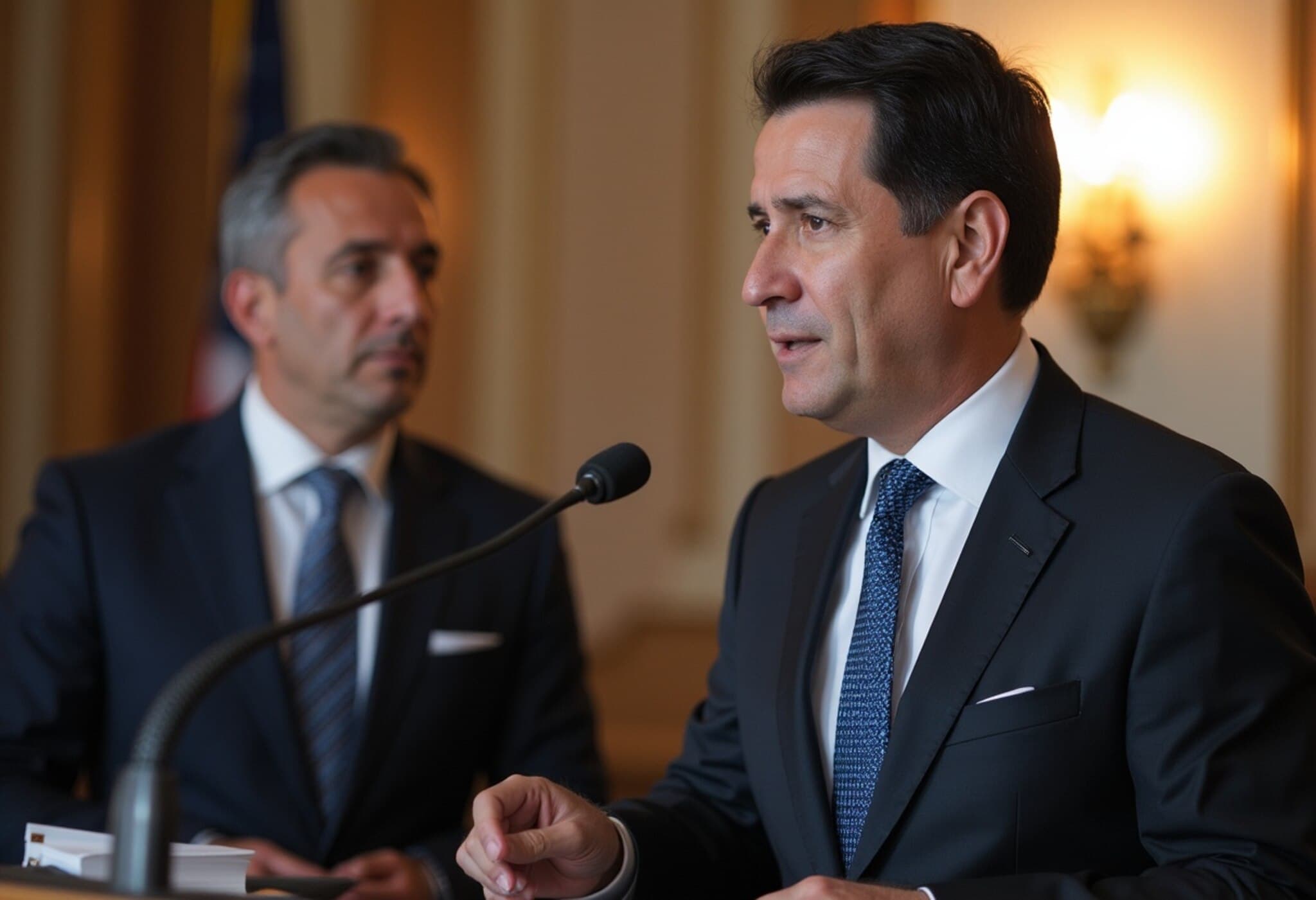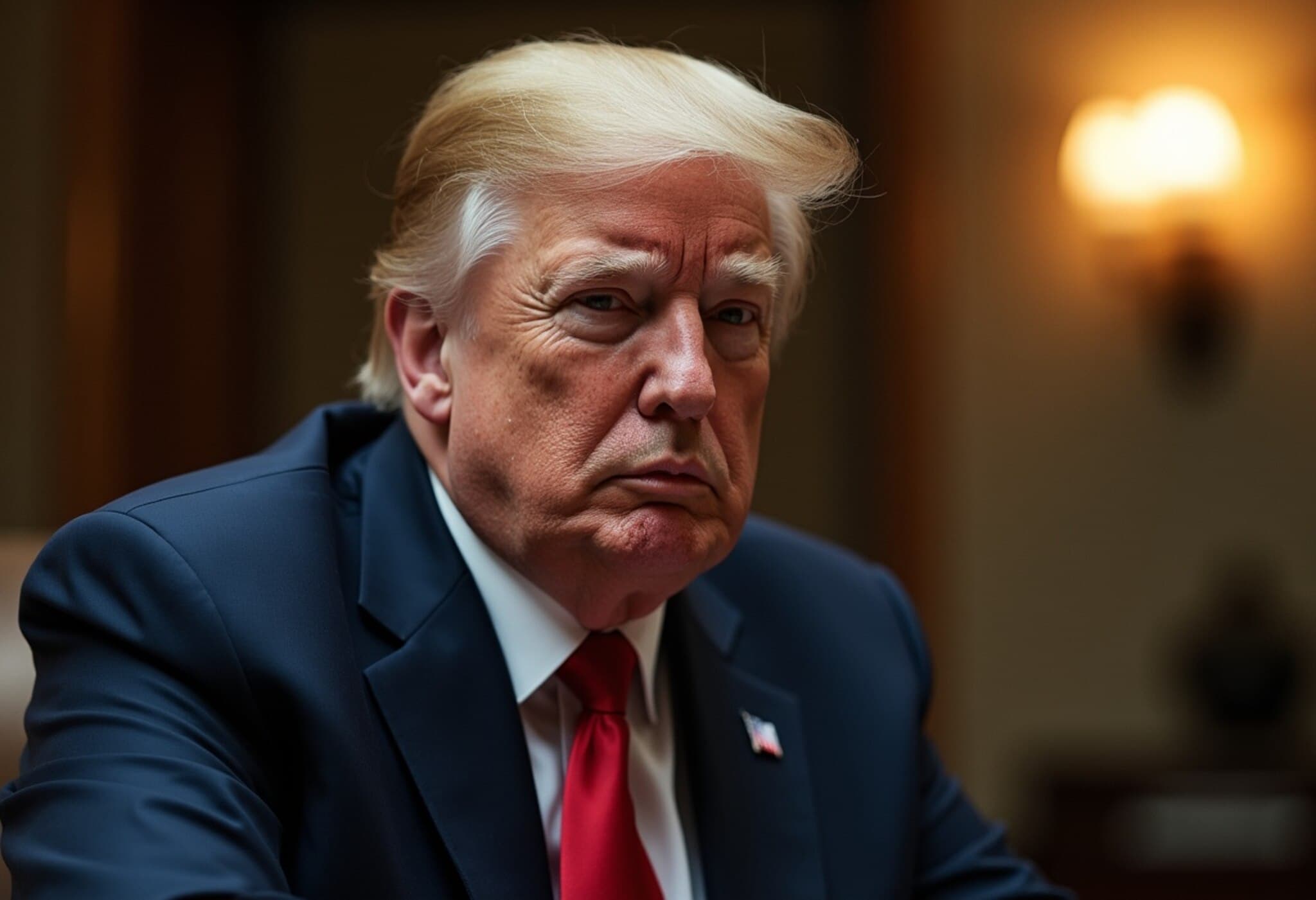US-India Trade Deal Inches Closer Amid High-Stakes Negotiations
In a recent Oval Office statement, US President Donald Trump announced that Washington is “very close” to finalising a trade agreement with India—a development likely to reshape economic ties between the world’s largest democracies. Trump’s remarks come as Indian trade officials are currently in the United States for critical discussions aimed at ironing out the deal’s details.
Opening Doors: Trump’s Vision for Market Access
During a meeting with Bahrain’s Crown Prince Salman bin Hamad Al Khalifa, President Trump emphasized his administration's commitment to securing better access to Indian markets for American businesses. He explained, “We’re going to have access into India. You have to understand, we had no access into any of these countries. Our people couldn’t go in. And now we’re getting access because of what we’re doing with the tariffs.”
This assertion underscores a broader strategy that relies on tariff negotiations as leverage, a hallmark of Trump’s trade policy aimed at correcting perceived imbalances and opening previously restricted markets to US exports.
Context and Challenges: India’s Cautious Approach
Meanwhile, India’s Commerce Minister Piyush Goyal, who is spearheading the delegation involved in the talks, has emphasized a pragmatic and measured approach. He reiterated, “India will only sign a trade deal with the US once it is fully negotiated, finalized, and aligned with the country’s national interest.” This stance reflects the complexity of balancing economic liberalization with safeguarding India’s domestic industries and regulatory considerations.
- Tariff Negotiations: The prospective deal aims to cap tariffs on select goods and services below 20%, facilitating smoother trade flows.
- Market Access Concerns: US businesses have historically faced regulatory and tariff barriers entering India’s vast consumer market.
- Policy Alignments: Ensuring the deal supports both nations’ priorities without compromising sensitive sectors.
Parallel Moves: US-Indonesia Trade Agreement
In conjunction with the talks with India, President Trump also revealed a new trade agreement with Indonesia, which includes imposing a 19% tariff on Indonesian imports while granting American exports tariff-free access to the Indonesian market. This deal highlights the US administration’s assertive, tariff-centered approach designed to rebalance trade relationships and create fairer opportunities for US businesses abroad.
Expert Insight: What This Means for Global Trade Dynamics
Trade analysts note that the potential US-India deal illustrates the delicate dance of 21st-century trade diplomacy, where strategic geopolitical partnerships are negotiated alongside complex economic interests. For the United States, securing greater market access in India not only promises expanded export opportunities but also serves as a counterbalance to China’s growing influence in Asia.
From India’s perspective, cautious advancement ensures its economic reforms are safeguarded and that any agreement supports long-term development goals without yielding prematurely to external pressures.
However, questions remain about how soon the deal can be finalized amid competing political and economic priorities, as well as whether tariffs will remain the primary lever in future trade negotiations.
Looking Ahead: What To Watch
- Will the finalized US-India agreement facilitate a surge in bilateral trade volumes?
- How will tariff adjustments affect sectors like pharmaceuticals, agriculture, and technology?
- Could this deal set a precedent for future US trade negotiations with emerging markets?
Editor’s Note
The approaching US-India trade deal offers a glimpse into the evolving nature of international commerce, where economic ambitions intersect with national interests and geopolitical strategy. While President Trump’s confidence signals progress, the real test will be in crafting a deal that delivers tangible benefits to both nations’ economies and respects their unique priorities. Observers and stakeholders alike should monitor how negotiation tactics—especially those involving tariffs—shape the future of global trade policy.

